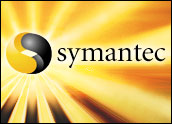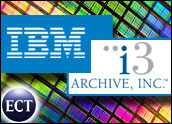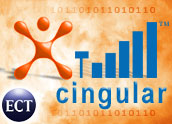
IBM has taken an experiment — Blue Gene/L, the world’s fastest supercomputer — and turned it into a commercial, albeit expensive, off-the-shelf product.
The Blue Gene project began five years ago with the goal of creating a family of supercomputers that could have more commercial applications because they were tuned to bandwidth efficiency, designed for scalability and could handle large amounts of data for a fraction of the power and floor space previously required. IBM dedicated more than US$100 million to the project.
The eServer Blue Gene is the first step toward this goal. IBM announced today that the computer is now available, at a cost of $1.5 million. It is capable of 5.7 trillion calculations per second — that is, 5.7 teraflops — per single, full-rack system.
Customers will be able to buy machines with anywhere from one to 64 racks, with 1,024 dual-processor nodes per rack. The 16-rack configuration is the record holder. It is able to perform 70.7 teraflops.
One Supercomputer, To Go
“This is very significant, in that, theoretically, one can purchase, as a standard commercial off-the-shelf offering the world’s fastest computer (as measured by Linpack),” Steven J. Wallach, vice president at Chiaro Networks’ office of technology and a supercomputer expert, told TechNewsWorld. “This also means that commercial enterprises, not just government labs, may purchase these systems.”
Linpack is a benchmark that measures the performance of a dedicated system for solving a dense system of linear equations.
“This also signals that Linux is the OS of choice for high performance computing (HPC),” he said.
Wallach added that without applications, Blue Gene will not have much value.
“This will depend on the amount of third-party applications and/or the ability to port in-house codes,” he said.
And a Side of Apps
IBM said in a press release that it is working with many national labs and universities to develop HPC applications in areas such as life sciences, hydrodynamics, quantum chemistry, molecular dynamics, astronomy and space research, and climate modeling. The company also foresees commercial applications for financial modeling, grid computing, business intelligence, risk and compliance, aerodynamics study and testing, and manufacturing processes.
IBM will also make the eServer Blue Gene available through its pay-per-use plan, Deep Computing Capacity on Demand Center. Access to the system will be gained through a Virtual Private Network. Customers will pay for the amount of capacity they have reserved.
IBM announced a fifth customer for the system today: the San Diego Supercomputing Center. The others are the Netherlands Foundation for Radio Astronomy, Lawrence Livermore National Laboratory, the Computational Biology Research Center (CBRC) of Japan’s National Institute of Advanced Industrial Science and Technology (AIST), and Argonne National Laboratory.




















































